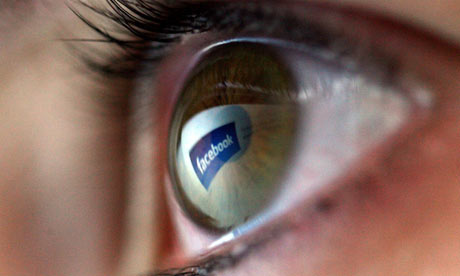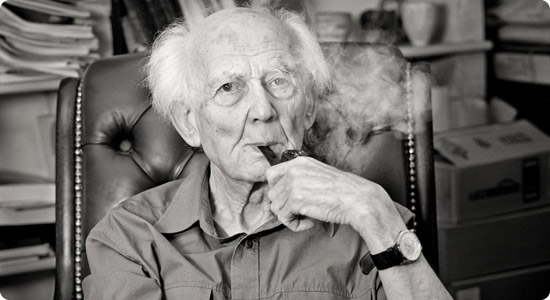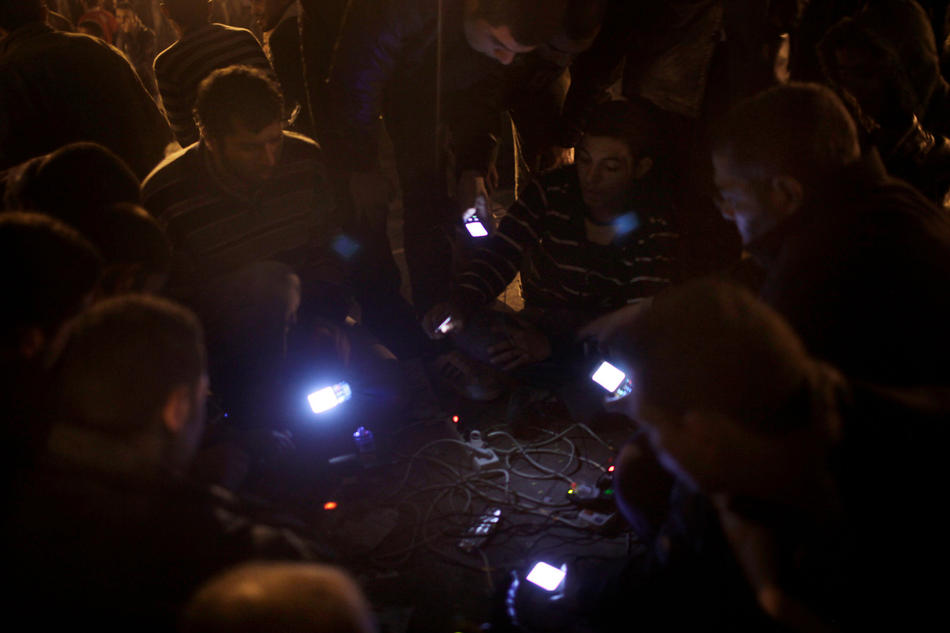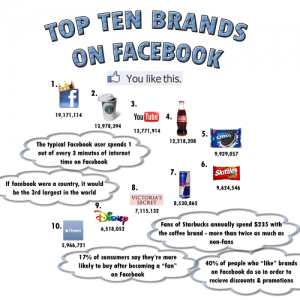This content is reproduced from the Center for the Advanced Study of Communities and Information website.
Last weekends Theorizing the Web 2011 conference (TTW2011) was a great time. I’ve been working along with Ben Shneiderman and Marc Smith on developing techniques and tools (namely NodeXL [1]) to make sense of social media data – particularly relational data from sites like Twitter and Facebook ([2], [3]). I thought I’d take the opportunity to do a bit of quick-and-dirty analysis and visualizations of the Twitter network around the conference. Here are a few snapshots. I’d love to hear reactions and thoughts on ideas for further analyses and reactions of how well these visualizations represented conference attendees’ experiences.







 The protests in Egypt have been front and center in the American media over the previous two weeks. We were greeted with daily updates about former President Mubarak’s grasp on power, and, ultimately, his resignation. Buried in all the rapidly unfolding events were numerous stories about social media and its role in the revolution. I think it may be useful to aggregate all these stories as we begin to analyze how important social media was (if at all) to the revolution – and, also, whether the revolution has significant implications for social media.
The protests in Egypt have been front and center in the American media over the previous two weeks. We were greeted with daily updates about former President Mubarak’s grasp on power, and, ultimately, his resignation. Buried in all the rapidly unfolding events were numerous stories about social media and its role in the revolution. I think it may be useful to aggregate all these stories as we begin to analyze how important social media was (if at all) to the revolution – and, also, whether the revolution has significant implications for social media.
